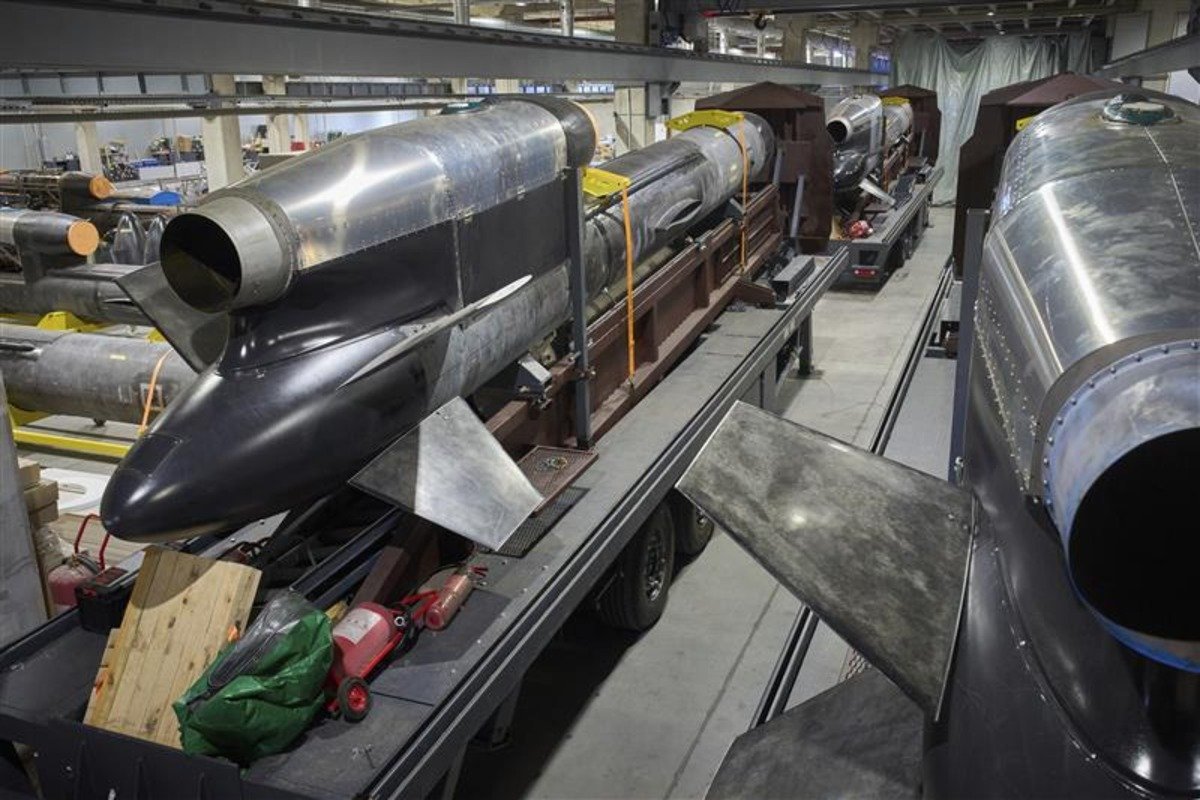Login to Continue Learning
Ukrainian President Volodymyr Zelensky announced earlier this month that Kyiv plans to mass-produce the new long-range cruise missile, called the Flamingo, this winter. The missile is being developed by Ukrainian firm Fire Point and may have been named after a manufacturing mishap.
Ukraine’s domestic defense industry has been pushed hard since the start of the full-scale war with Russia in 2022. Kyiv relies on both its own weapons and those provided by allies like North Korea to replenish its missile stocks, while also facing restrictions from Western countries such as the U.S.
The conflict has emphasized the use of sophisticated long-range missiles, often used to strike beyond Ukraine’s borders and along the front lines. Ukraine has primarily relied on Western-made missiles, but weapons developed domestically are free from these limitations.
What Do We Know About the Flamingo?
Details about the Flamingo missile remain limited due to its sensitive nature. However, an image published by Efrem Lukatsky of The Associated Press on August 18 shows Flamingo missiles at a Ukrainian factory.

AP Photo/Efrem Lukatsky
The Flamingo has an estimated range of 3,000 kilometers and weighs more than a ton. It is reportedly capable of flying for about four hours at a maximum speed of around 950 kilometers per hour (nearly 560 mph) with a six-meter wingspan.
The first version of the missile was pink due to a factory error, earning its nickname. Fire Point can produce one Flamingo missile daily but aims to increase production sevenfold by October. By December, mass production should begin, according to Iryna Terekh, the firm’s head of production.
Zelensky stated that by the end of December or January-February, Ukraine will have more Flamingo missiles for mass production. He described it as their most successful missile and said Denys Shmyhal, who became defense minister in July, considers it a “very powerful weapon.”
Ukraine has frequently used its homegrown long-range missiles to strike Russian assets or targets. Kyiv famously used the Neptune anti-ship missile to sink Russia’s Black Sea fleet flagship, the Moskva, early in the war.



















